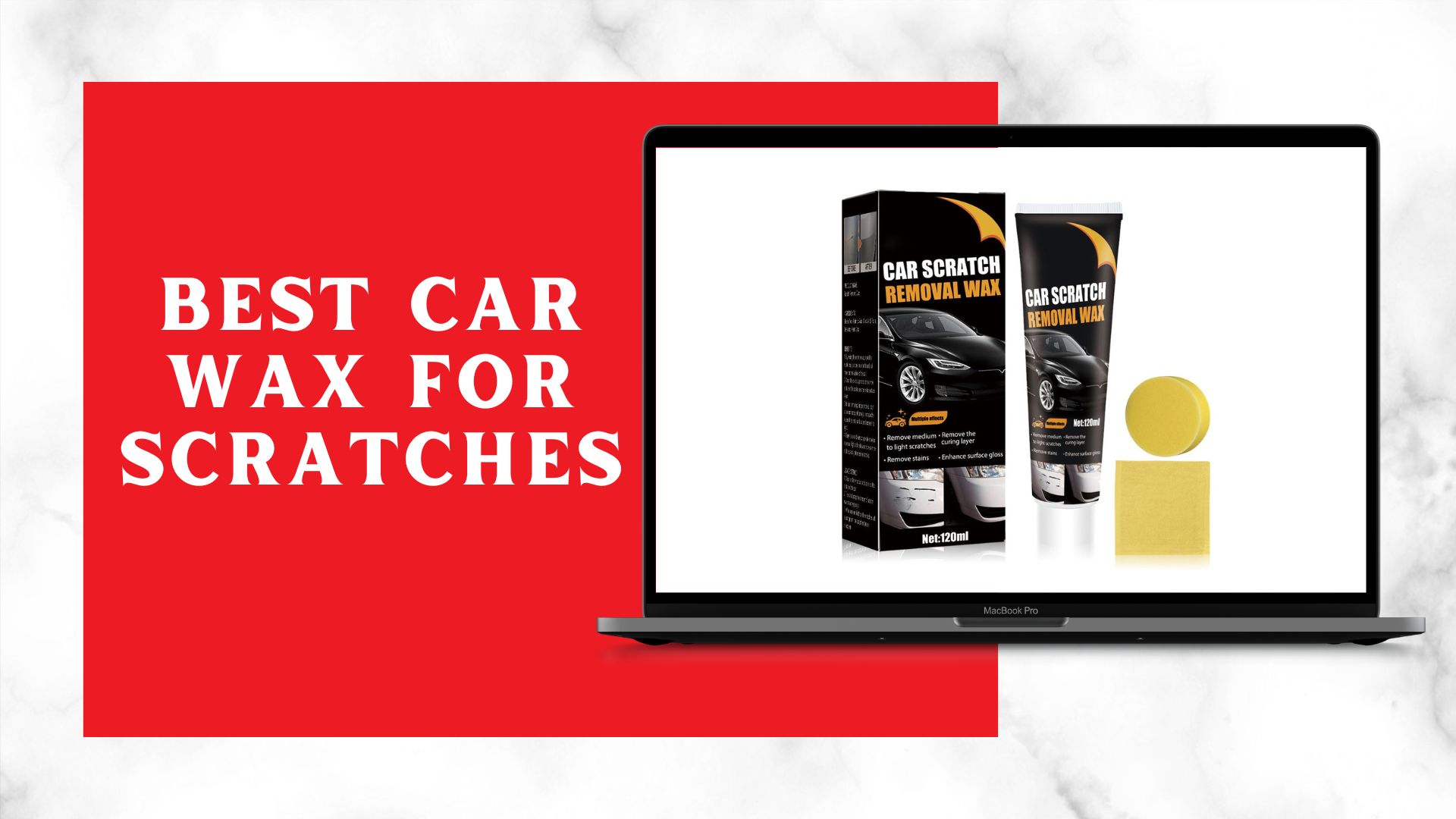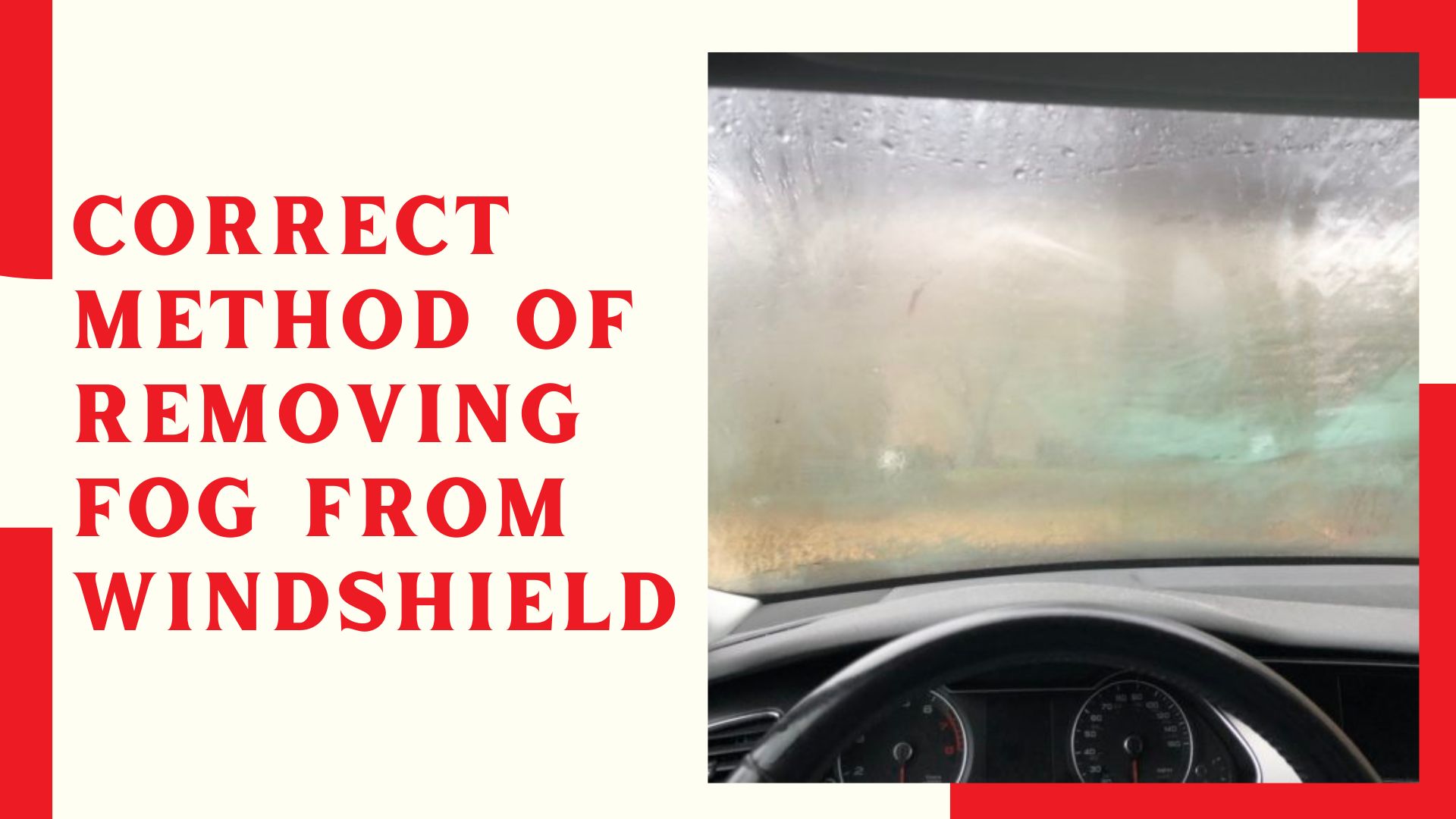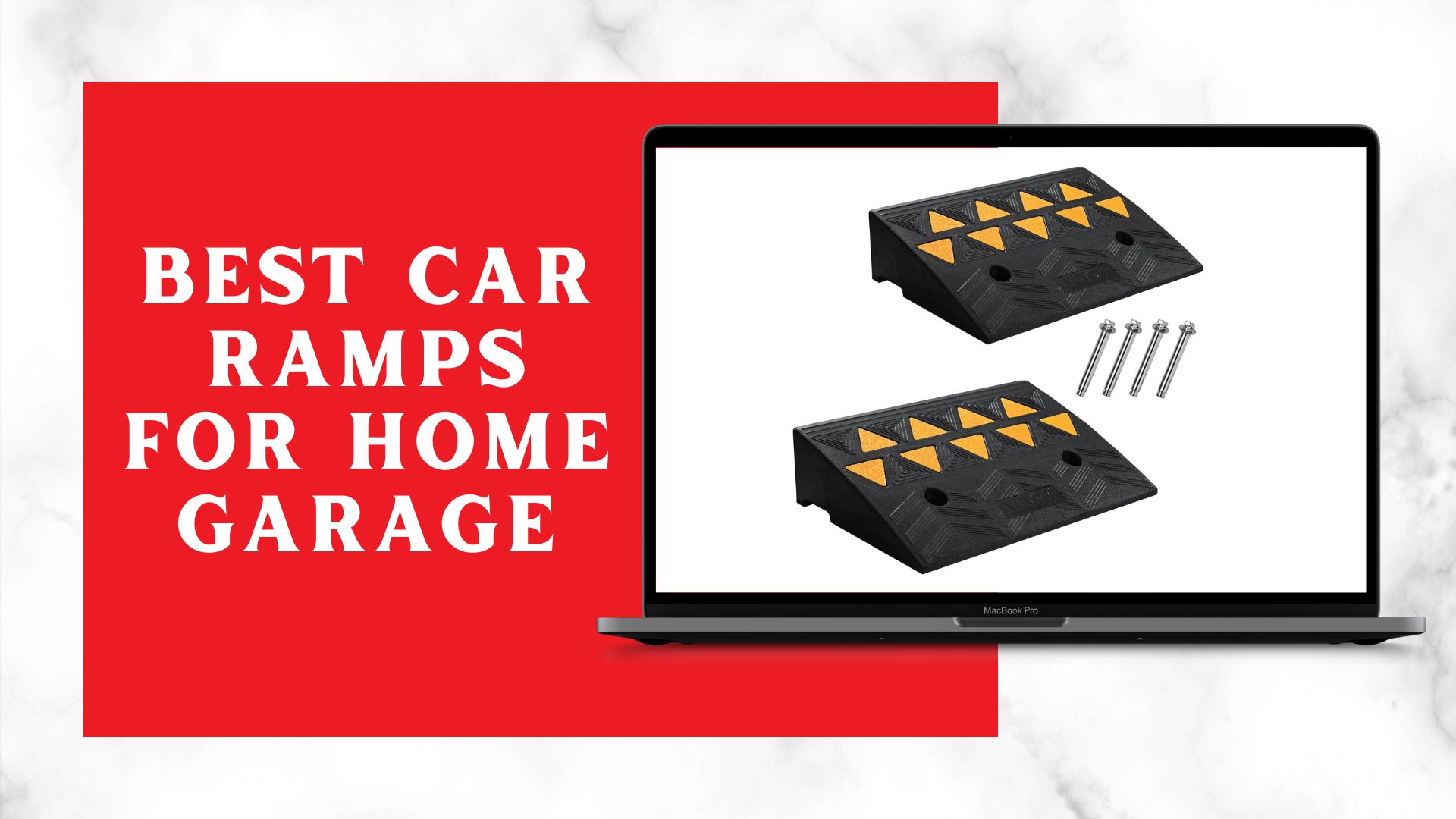Maintaining the shine and luster of your car doesn't always require a trip to the professional detailer. With the right tools and techniques, you can achieve a professional-level polish right in your own garage. Polishing your car not only enhances its appearance but also protects the paintwork from environmental damage. Here's a step-by-step guide on how to polish your car at home:
Related Products You Might Like
Car Scratch Remover Polish
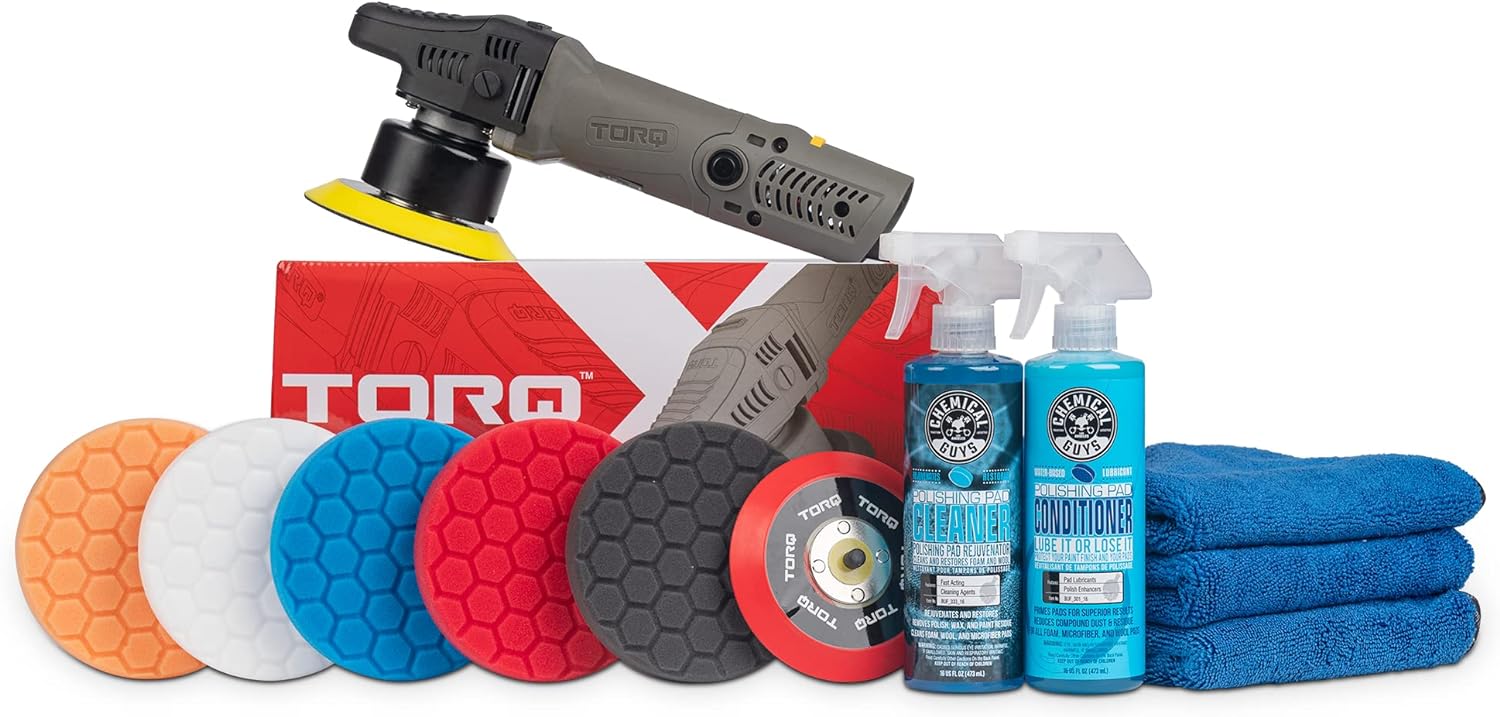
Random Orbital Polisher
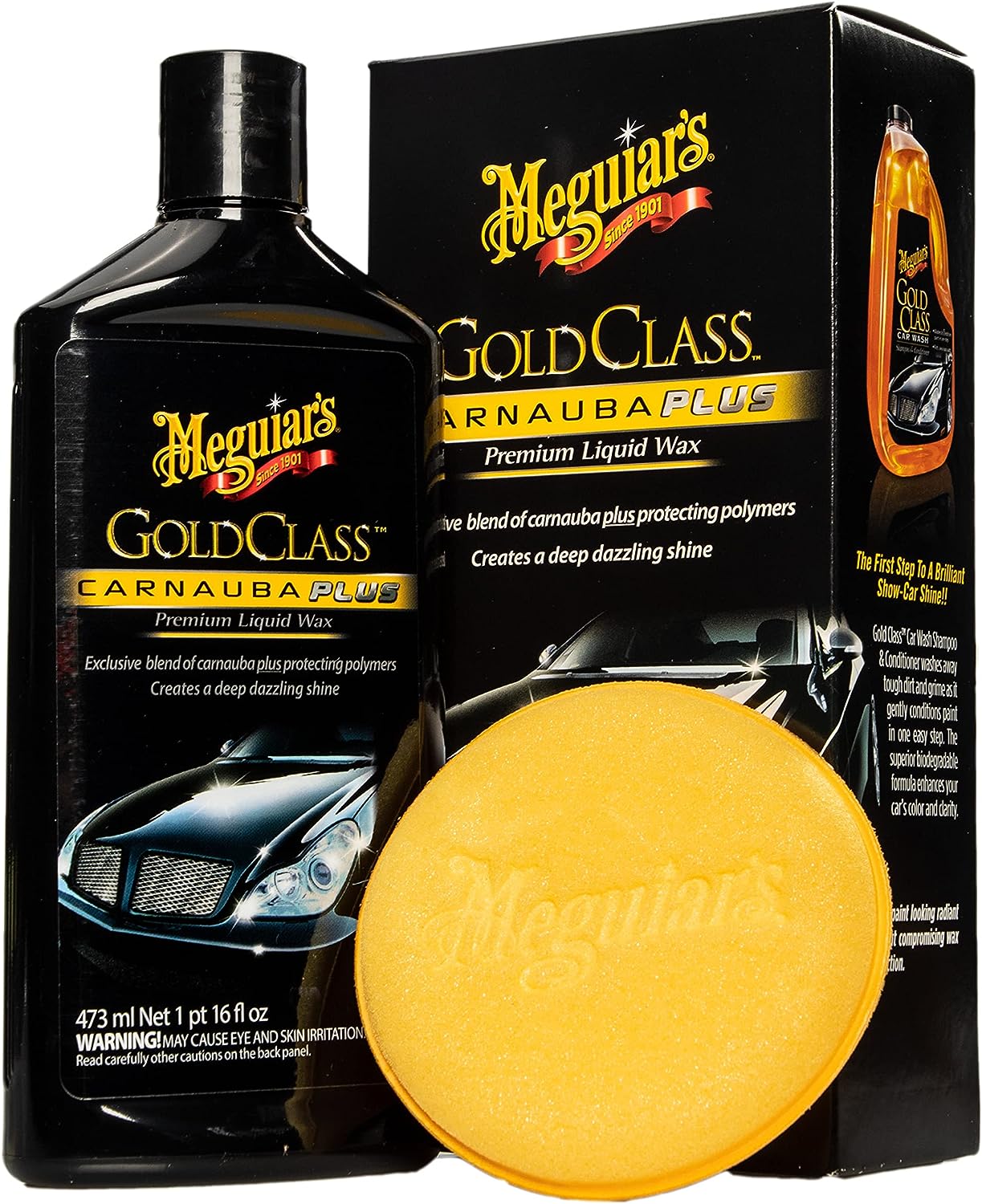
Liquid Wax
"(Paid Links)" 
Gather Your Supplies:
Before you begin, make sure you have all the necessary supplies. You'll need a dual-action polisher (also known as a DA polisher), polishing pads, polishing compound, microfiber towels, car wash soap, and a hose for rinsing.
Preparation:
First of all, wash your car thoroughly to remove all the dirt, grime, and debris from the surface. Use a car wash soap and a soft sponge or microfiber wash mitt to prevent scratching the paint. Rinse the car thoroughly and dry it with a clean microfiber towel.
Inspect the Paintwork:
After washing, inspect the paintwork for any scratches, swirl marks, or imperfections. This will help you determine the level of polishing needed and where to focus your efforts.
Choose the Right Polishing Compound:
Select a polishing compound suitable for your car's paintwork and the level of imperfections. If you're unsure, opt for a mild polishing compound to avoid damaging the paint.

Attach Polishing Pad to the DA Polisher:
Attach a polishing pad to the dual-action polisher. Ensure it is clean and free from any debris that could scratch the paint.
Apply Polishing Compound:
Take the polishing compound in small amount and apply onto the polishing pad. Spread it evenly over the pad to prevent uneven application on the car's surface.
Polishing Technique:
Turn on the polisher and spread the polishing compound onto the car's surface using light pressure. Work in small sections, moving the polisher in overlapping motions. Do not apply too much pressure, as this can cause swirl marks.
Work in Sections:
Divide the car into manageable sections and focus on one section at a time. This ensures thorough coverage and prevents the polishing compound from drying out before it's properly worked into the paint.
Buffing:
Once you've polished a section, use a clean microfiber towel to buff away any excess polishing compound. This will reveal the shine and smoothness of the newly polished surface.
Inspect and Repeat if Necessary:
After completing the entire car, inspect the paintwork to ensure all imperfections have been addressed.
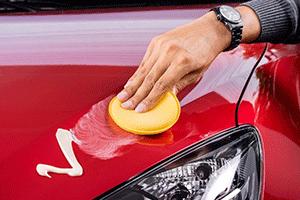
Final Touches:
Once you're satisfied with the results, give your car a final rinse to remove any remaining polishing compound residue. Dry the car with the help of a clean microfiber towel to prevent water spots.
Apply Wax or Sealant:
To further protect the newly polished surface, consider applying a coat of wax or sealant. This will enhance the shine and provide additional protection against environmental contaminants.
By following these steps, you can achieve professional-level results and keep your car looking its best without the need for expensive detailing services. With practice and patience, polishing your car at home can become a rewarding and satisfying task that helps maintain its beauty and value for years to come.

